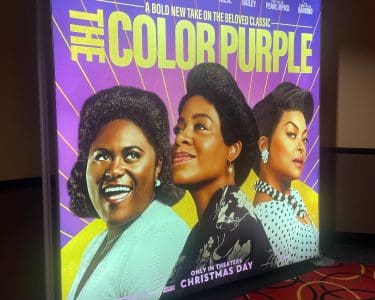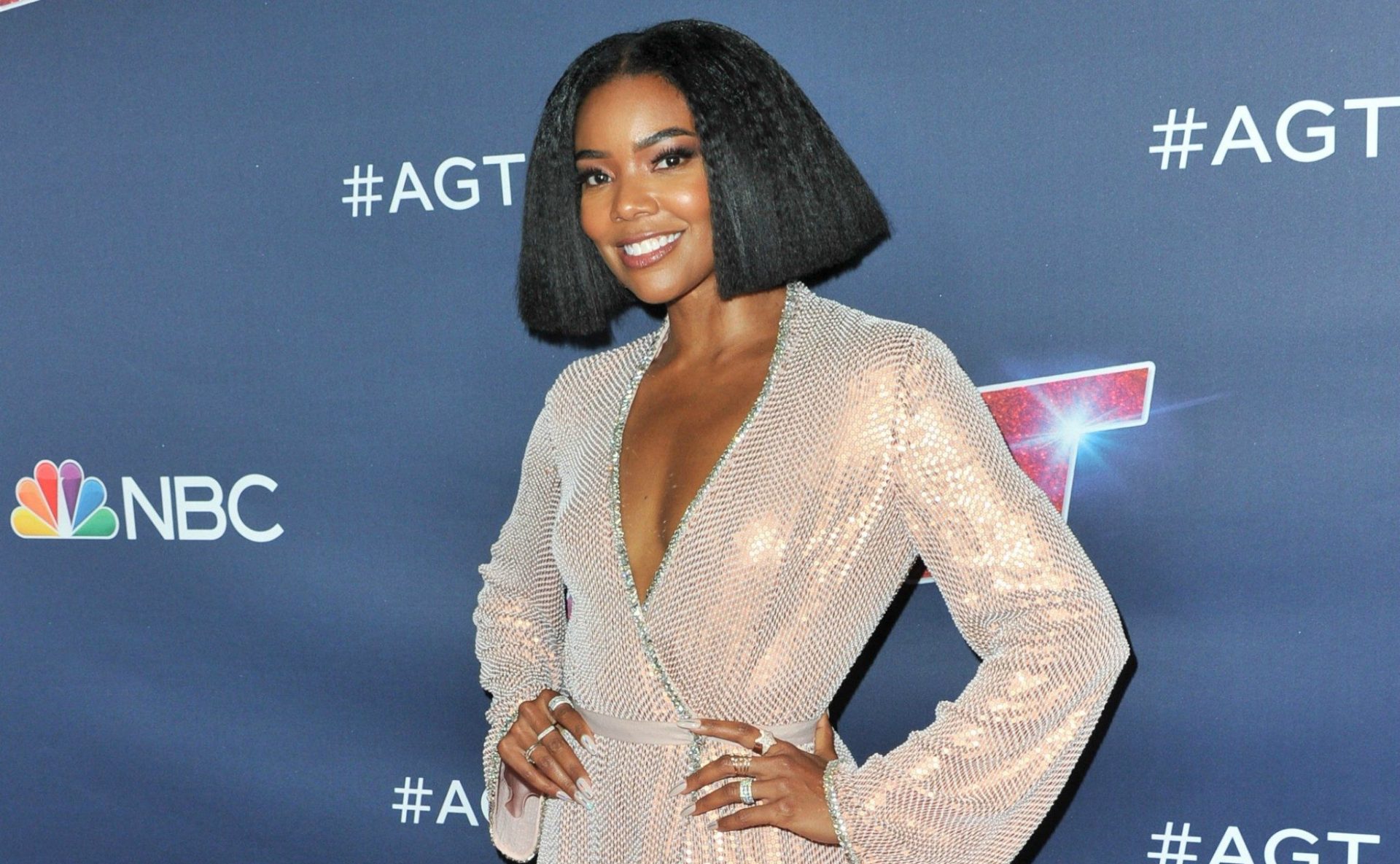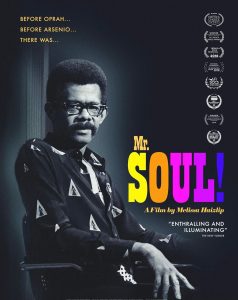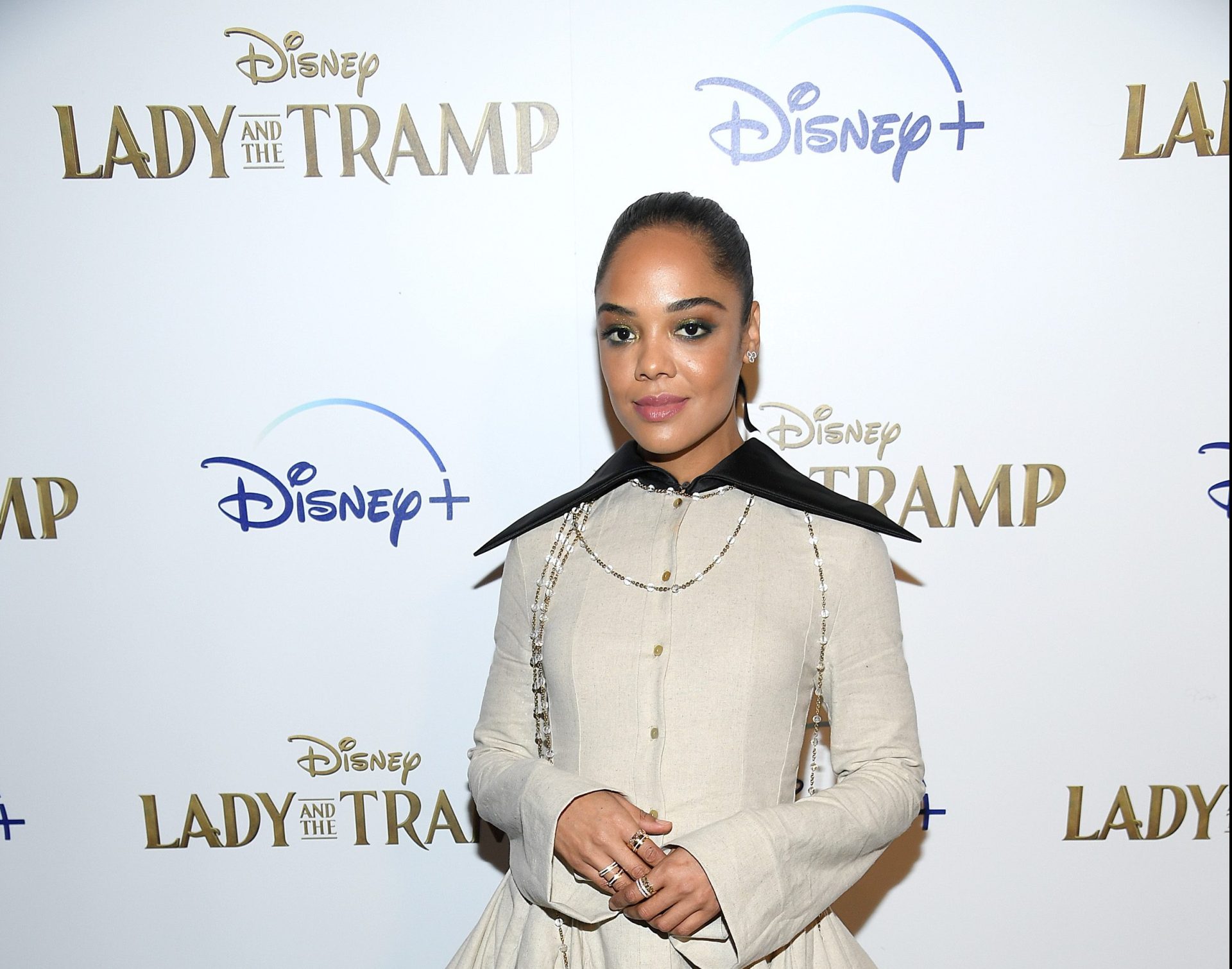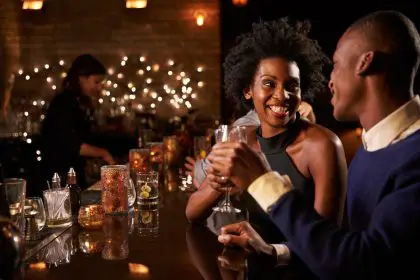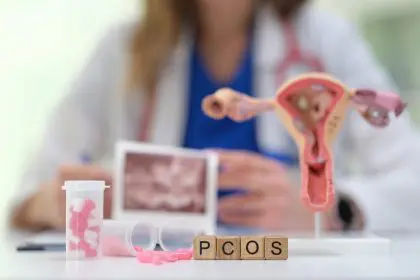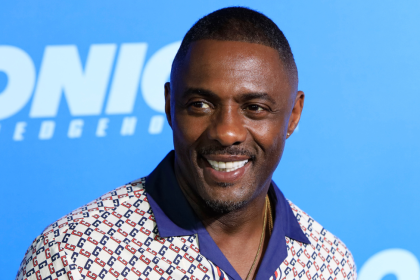I wrote a review of The Color Purple movie almost forty years ago in a student newspaper. I was sure not to read it while stealing away time to configure words to describe style, rhythm, content, interaction and overall emotion of today’s The Color Purple. ‘Sides I have much more time on this planet since Spielburg’s take and, too, this 2023 rendition is a musical. So, granted, we all know this musical is based on Alice Walker’s characters and relying primarily on the Broadway production allowing creative licensing from the original text. I’m no more of a literary, movie, or musical critic now than I was forty years ago, yet like most of us, I am a student of life.
I’ve also had the great fortune in these 40 years to cultivate relationships, particularly with fairly recently departed Zora Neale Hurston biographer Valerie Boyd. Before Valerie’s passing, she was working side-by-side with Ms. Walker as they combed through Ms. Walker’s papers housed at Emory University, deciding what should be included in Ms. Walker’s next rendering. Valerie and I would talk at length when she wasn’t conjoined to Ms. Walker. It was in this spirit, this feeling of Valerie’s presence, I watched The Color Purple, this musical, wondering what Valerie and I would’ve discussed afterward while credits rolled.
I didn’t see the Broadway production, so had no idea what to expect. No sooner than the first song and dance scene Valerie flanked left was joined by departed actor-writer-director Lamar Alford flanked right. “My God,” Lamar would’ve shouted and considered this musical brilliant on all fronts. For those of us in the Atlanta University Center in the ‘80s under Lamar’s tutelage — others were under the tutelage of Mrs. Georgia Allen including Samuel L. Jackson, Jr. and LaTanya Richardson — we could easily envision Lamar directing anything similar from songwriting to scoring to costumes to singing and to bringing out the best acting in a diverse cast.
I had to shake occasional whispers and jiggling in chairs from Valerie and Lamar to get in my own headspace. I had to push back novel references as well and view this version on its merit and for its masterful artistry. Controversy stirred forty years ago around the depiction of a same-gender loving relationship in both novel and movie. In The Color Purple, Ms. Waker wrote about America’s day of reckoning with its past defining Black women’s complexities.
The controversy overarched that of nonconsensual sexual relationships (I’m treading lightly), male patriarchy, female exploitation, hypersexuality, passed down pain among Black families, White hegemony, etc. Just as I’m treading lightly, this musical did as well. Again, we remind ourselves this musical is not based on Ms. Walker’s novel per se as much as relying on her characters to tell a story. Maybe deeper exploration between Celie and Shug would’ve had Bible thumpers saying the movie promotes an LGBTQIA+ agenda and discouraged parishioners from viewing. Nothing new is under the sun.
I salute director Blitz Bazawule, an unfamiliar name to me and whose work is even less familiar. Mr. Bazawule checked all the boxes in my opinion: historical era accuracy, wardrobe, choreography, and giving us the best actors’ performances. Bazawule describes TCP as a journey in healing and I agree wholeheartedly. In certain scenes, quiet sobs echoed throughout a packed theater surrounding me. I posted on social media a short time after watching that this musical will help repair and bridge strained mother-daughter relationships. Trauma, many times at the hands of males, unfortunately, has driven deep wedges between mothers and their daughters. Let The Color Purple be the beginning of some form of restoration.
While watching the credits and being amazed Tariji P. Henson performed her own vocals, Valerie to my left whispered she was good with the film. Lamar to my right proclaimed to remaining moviegoers this musical was Bazawule’s magnum opus in a way only Lamar could. Both Valerie and Lamar self-identified as members of the LGBTQIA+ community, and Valerie’s whisper was maybe because she desired more screentime of a same-gender love relationship’s evolution while also allowing Celie to come into her own personhood; a concept circling back to Ms. Walker’s original writings. Lamar brought Andre DeShields to Morehouse to direct The Wiz during this reviewer’s matriculation, so visuals and performances in The Color Purple are right up Lamar’s alley. Yes, Lamar, I know you’re over the moon with this musical.
Outstanding work to everyone mentioned in credits — we can’t forget it’s a team effort. I wonder what someone will write in forty years when timeless classic The Color Purple will once again be (re)introduced by some kid right now making TikTok videos. Well, onward for me to go unearth and read my 1985 review.
Mike F. Weaver, DrPH




